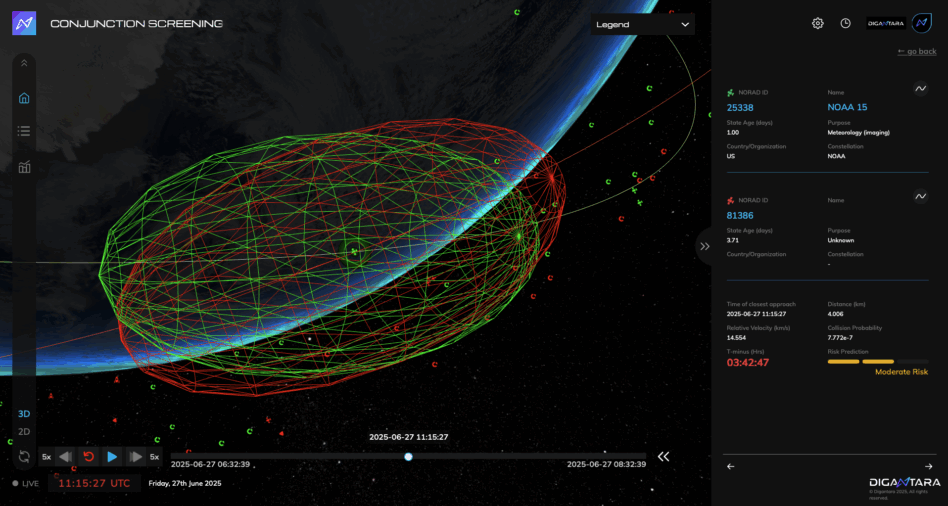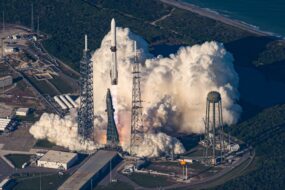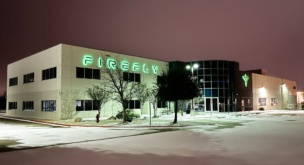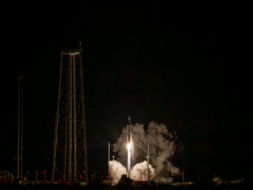SEOPS Space is expanding its services to help customers quickly find and make contact with their satellites after launch, the company announced today.
The launch service provider is partnering with Digantara, an Indian space surveillance startup, to offer two months of free satellite tracking and collision avoidance assistance for the satellites it helps integrate. Customers can pay, if they wish, to continue the services beyond that timeframe.
Not like the others: Most launch service providers help customers go from Earth to space, including helping them book a rocket ticket and integrate the payload. SEOPS believes continuing to hold customers’ hands through the early phase of being on-orbit gives SEOPS a leg up on the competition.
“We don’t just get you deployed; we’re also going to help you get commissioned,” CEO Chad Brinkley told Payload. “I don’t know anyone else doing that.”
Hide and seek: The partnership aims to get customers in contact with their sat within three hours of launch—a window in which time is of the essence, according to Brinkley.
“The longer you go from deployment and don’t have contact, it becomes harder,” he said. “You’re really at a disadvantage versus being on top of it, right after deployment.”
Teamwork: It’s not SEOPS’ first rodeo with Digantara. SEOPS is the integrator for Digantara’s planned SSA constellation. Brinkley said he’s also gotten Digantara involved a handful of times, when past customers have had issues tracking down their satellite after deployment.
“It’s not a good call Saturday at 4pm when a customer calls and is having problems tracking [a] sat,” he said. “After multiple Saturdays and Sundays of panicked customers, I’m like…instead of doing this after the fact, where we’re in triage mode, let’s just start off on the right foot.”




